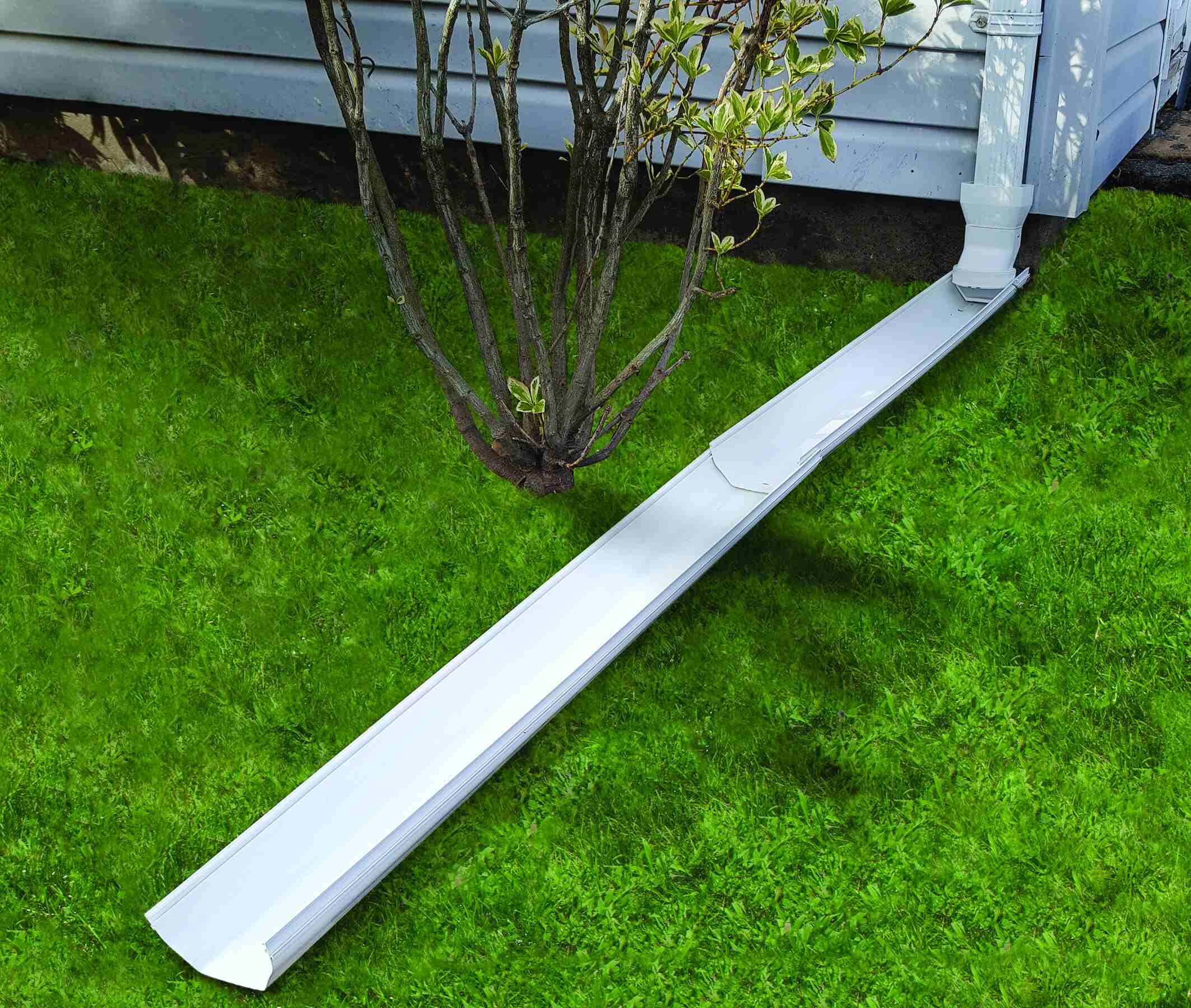

Articles
Where Do Gutters Drain To
Modified: January 6, 2024
Learn where gutters drain to in this informative article. Discover the different options and factors to consider when designing a gutter system.
(Many of the links in this article redirect to a specific reviewed product. Your purchase of these products through affiliate links helps to generate commission for Storables.com, at no extra cost. Learn more)
Introduction
Gutters play a crucial role in maintaining the structural integrity of a home. They are designed to collect rainwater from the roof and direct it away from the foundation, preventing flooding, water damage, and erosion. Proper gutter drainage is essential to ensure that rainwater is effectively channeled away from the house and into a suitable drainage system.
In this article, we will explore the importance of proper gutter drainage and discuss the different systems homeowners can utilize. We will also delve into the homeowner’s responsibilities when it comes to maintaining and ensuring the functionality of their gutter drainage system.
Whether you are a homeowner looking to install new gutters or someone who wants to understand the importance of maintaining existing gutters, this article will provide valuable insights into the world of gutter drainage.
Key Takeaways:
- Proper gutter drainage is essential for protecting a home from water damage, foundation instability, and landscape erosion. Homeowners should invest in effective gutter drainage systems and prioritize regular maintenance to ensure long-term property integrity.
- Neglecting gutter drainage can lead to severe consequences such as foundation damage, water infiltration, and basement flooding. Homeowners must address gutter drainage issues promptly and adhere to regular maintenance to prevent potential structural and landscape issues.
Read more: Where Do Basement Drains Go
Purpose of Gutters
The primary purpose of gutters is to collect rainwater from the roof and direct it away from the foundation of a home. Without gutters, rainwater would simply run off the roof and pool around the house, causing a variety of issues.
One of the main purposes of gutters is to prevent water damage to the foundation. When rainwater is not properly directed away from the house, it can seep into the soil surrounding the foundation, leading to excessive moisture accumulation. Over time, this can weaken the foundation and cause cracks, compromising the structural integrity of the home.
In addition to protecting the foundation, gutters also safeguard other parts of the house from water damage. They prevent water from cascading down the sides of the building, which can lead to staining, rotting, and warping of the exterior surfaces. Gutters also help to preserve the integrity of windows, doors, and siding by preventing water from infiltrating these vulnerable areas.
Furthermore, gutters serve as a means of controlling the flow of rainwater. By directing the water into downspouts and away from the house, gutters prevent excessive pooling of water in certain areas, which can erode the soil and create drainage problems.
Overall, the purpose of gutters is to protect the home from water damage and maintain its structural integrity. By collecting and channeling rainwater away from the foundation and other vulnerable areas, gutters play a vital role in preserving the longevity and condition of a house.
Importance of Proper Drainage
Proper drainage is essential for the efficient functioning of gutters and the overall protection of a home. Without adequate drainage, rainwater can accumulate and cause a host of problems, including structural damage, mold growth, and landscape erosion.
One of the main reasons why proper drainage is important is to prevent water from pooling around the foundation. When rainwater is not effectively directed away from the house, it can seep into the soil and create excessive moisture around the foundation. This can lead to a weakened foundation, cracks, and even basement flooding. Proper drainage ensures that rainwater is guided away from the foundation, reducing the risk of water damage and instability.
Additionally, proper drainage helps prevent landscape erosion. When rainwater is not properly managed, it can wash away soil and vegetation, leaving bare patches and causing unsightly erosion. This can be particularly problematic if the erosion occurs near slopes or landscaping elements that are vital for soil stability. Properly installed gutters with adequate drainage systems can help mitigate erosion by directing water away from delicate areas.
Proper drainage also plays a crucial role in preventing mold growth. Excess moisture from poorly drained gutters can lead to the growth of mold and mildew, which can not only damage the building materials but also pose health risks to the occupants of the home. By ensuring that gutters are appropriately draining water away from the house, the chances of mold growth are significantly reduced.
Furthermore, proper drainage helps to protect the exterior of the home from water damage. When rainwater is allowed to flow down the sides of the building uncontrollably, it can lead to staining, rotting, and warping of the siding, windows, and doors. By directing the water through the gutters and into appropriate drainage systems, the risk of exterior water damage is minimized.
In summary, proper drainage is essential for maintaining a dry and structurally sound home. It helps prevent foundation damage, landscape erosion, mold growth, and water damage to the exterior. By investing in effective drainage systems and regularly maintaining them, homeowners can ensure the longevity and integrity of their property.
Common Gutter Drainage Systems
There are several common gutter drainage systems that homeowners can choose from to ensure proper water management and drainage. These systems vary in design and function, but they all serve the purpose of directing rainwater away from the house. Here are some of the most common gutter drainage systems:
- Downspouts: Downspouts are vertical pipes that connect the gutters to the ground or an underground drainage system. They are essential for directing rainwater from the gutters to the desired location. Downspouts can be extended to extend further away from the house to ensure proper drainage.
- Splash Blocks: Splash blocks are flat concrete or plastic blocks placed under the downspouts to control the flow of water and prevent soil erosion. They help to disperse the water away from the house and into the yard.
- Underground Drainage Systems: In cases where it is not feasible to drain rainwater above ground, underground drainage systems can be installed. These systems consist of underground pipes that collect rainwater from the downspouts and direct it away from the house. The water can be discharged into a drainage ditch, dry well, or a proper drainage outlet.
- Rain Barrels: Rain barrels are becoming increasingly popular as a means of collecting rainwater for future use. These barrels are connected to the downspouts to capture and store rainwater. The collected water can then be used for irrigation or other non-potable purposes.
- French Drains: French drains are a type of underground drainage system that helps to prevent water accumulation around the foundation. They consist of a perforated pipe surrounded by gravel or a water-permeable fabric. The system collects excess water and directs it away from the house, preventing water damage and soil saturation.
Each of these gutter drainage systems offers distinct advantages and can be tailored to meet the specific needs of a home. It is important for homeowners to assess their property and consult with professionals to determine the most suitable drainage system for their situation.
By implementing a proper gutter drainage system, homeowners can effectively manage rainwater and protect their homes from potential water damage and structural issues.
Homeowner’s Responsibilities
While gutter drainage systems play a vital role in managing rainwater, homeowners also have certain responsibilities to ensure the effectiveness and longevity of these systems. Here are some key responsibilities that homeowners should keep in mind:
- Regular Maintenance: Homeowners should regularly inspect their gutters and downspouts to ensure they are free from debris, such as leaves, twigs, and sediment. Cleaning out the gutters and removing any blockages will prevent water from overflowing and causing damage. This maintenance should be carried out at least twice a year, preferably in the spring and fall.
- Gutter Repairs: If any damages or leaks are detected during inspections, homeowners should promptly address these issues. Repairing damaged gutters and downspouts will ensure proper water flow and prevent further damage to the system or the home itself.
- Trimming Trees and Vegetation: Overhanging branches and dense vegetation near the gutters can cause clogs and obstruct water flow. Homeowners should regularly trim trees and plants to prevent leaves and debris from accumulating in the gutters. This will also reduce the risk of damage from falling branches during storms.
- Manage Roof Runoff: Properly designed gutter systems can handle the amount of rainwater expected in a particular area. However, homeowners should consider managing roof runoff by installing rain diverters or additional gutters in areas where excessive water runoff is experienced.
- Safely Clearing Ice Dams: In colder climates, ice dams can form along the edge of the roof, causing water to accumulate and potentially leak into the house. Homeowners should take appropriate measures to safely remove ice dams, such as using heated cables or calling professionals for assistance.
- Regular Inspections: Aside from regular maintenance, homeowners should inspect their gutter drainage system after severe weather events, such as heavy storms or strong winds. These events can cause damage to the system or dislodge components, requiring immediate attention.
By fulfilling these homeowner responsibilities, individuals can ensure that their gutter drainage system remains in good working condition. Regular maintenance, prompt repairs, and proper management of water runoff are essential for the effectiveness and longevity of the system, ultimately protecting the home from water damage and related issues.
Make sure your gutters drain at least 10 feet away from your foundation to prevent water damage. Consider using downspout extensions to direct water even further away.
Read more: How To Drain Gutters Into Ground
Benefits of Proper Gutter Drainage
Proper gutter drainage offers numerous benefits for homeowners, both in terms of protecting the integrity of their homes and enhancing their overall quality of life. Here are some key benefits of maintaining a properly functioning gutter drainage system:
- Foundation Protection: One of the primary benefits of proper gutter drainage is the protection it provides to the foundation of the home. By effectively directing rainwater away from the foundation, it prevents excessive moisture buildup and potential damage, such as cracking and shifting.
- Prevents Water Damage: Gutter drainage systems play a crucial role in preventing water damage to various parts of the house. By channeling rainwater away from the exterior walls, windows, doors, and other vulnerable areas, it reduces the risk of rot, mold growth, and structural deterioration.
- Landscape Preservation: Proper gutter drainage ensures that rainwater is directed away from the landscaping, preventing erosion and preserving the aesthetics of the yard. By controlling the flow of water, it helps to maintain the integrity of the soil and protect plants and foliage from being drowned or washed away.
- Prevents Basement Flooding: When rainwater is not effectively managed and directed away from the foundation, it can seep into the basement, causing flooding and water damage. Proper gutter drainage helps to prevent basement flooding, protecting valuable belongings and reducing the risk of mold and mildew growth.
- Preserves Property Value: A well-maintained gutter drainage system contributes to the overall value of the property. Potential buyers are more likely to be attracted to a home with proper drainage, as it indicates that the property has been well-cared for and that issues related to water damage are less likely to arise.
- Prevents Insect Infestation: Stagnant water pooling around the house due to improper gutter drainage can become a breeding ground for mosquitoes and other pests. By effectively managing rainwater and preventing water accumulation, proper gutter drainage helps to reduce the risk of insect infestations.
- Preserves Exterior Surfaces: By diverting rainwater away from the exterior walls and surfaces, gutter drainage systems help to prevent staining, warping, and decay of siding materials, doors, and windows. This preservation of the exterior surfaces extends the lifespan and enhances the appearance of the home.
Overall, proper gutter drainage is vital for protecting the structural integrity of a home, preventing water damage, preserving the landscaping, and maintaining a safe and comfortable living environment. By investing in the maintenance and functionality of the gutter drainage system, homeowners can enjoy these benefits and ensure the long-term value and durability of their property.
Potential Consequences of Improper Gutter Drainage
Improper gutter drainage can have significant consequences on the structural integrity and condition of a home. Failing to address gutter drainage issues can lead to various problems, including:
- Foundation Damage: When rainwater is not effectively directed away from the foundation, it can accumulate and saturate the soil around the house. This excessive moisture can cause the soil to expand, leading to foundation shifting, cracks, and instability. Over time, the structural integrity of the entire building can be compromised.
- Water Damage: Improper gutter drainage can result in water seeping into the walls, windows, and doors of a home. This can cause rotting, warping, and deterioration of these areas, leading to costly repairs and potentially compromising the structural integrity of the house. Water damage can also result in the growth of mold and mildew, which can cause health issues for the occupants.
- Basement Flooding: If rainwater is not properly diverted away from the house, it can accumulate around the foundation and seep into the basement. This can lead to flooding, damage to personal belongings, and the growth of mold and mildew. Additionally, a flooded basement creates an ideal breeding ground for pests such as mosquitoes and rodents.
- Landscape Erosion: Without proper gutter drainage, rainwater can erode the soil around the house, leading to unsightly and uneven patches in the yard. This erosion can compromise the stability of trees and plants, causing them to weaken or die. It can also result in the loss of valuable topsoil, making it difficult to maintain a healthy and thriving landscape.
- Damage to Exterior Surfaces: When rainwater is allowed to freely flow down the sides of the house, it can cause staining, discoloration, and warping of exterior surfaces such as siding, doors, and windows. These damages not only affect the aesthetic appeal of the home but can also lead to higher repair and maintenance costs.
- Pest Infestation: Stagnant water that accumulates due to improper gutter drainage can attract pests, including mosquitoes, gnats, and termites. These pests can cause significant annoyance and damage to both the interior and exterior of the home.
- Foul Odors and Health Risks: Standing water from improper gutter drainage can create foul smells and increase the risk of bacteria growth. These odors can permeate the home and pose potential health risks to the occupants.
It is important for homeowners to address gutter drainage issues promptly to avoid these potential consequences. Regular maintenance, repairs, and proper water management can help prevent these problems and preserve the integrity and value of the home.
Factors to Consider When Installing Gutter Drainage
When it comes to installing gutter drainage systems, there are several important factors that homeowners should consider to ensure optimal functionality and effectiveness. Here are some key factors to keep in mind:
- Roof Design and Slope: The design and slope of the roof play a crucial role in determining the appropriate gutter size and drainage capacity. Different roof styles, such as flat roofs or roofs with multiple slopes, may require specific gutter designs to effectively collect and channel water.
- Rainfall Intensity and Frequency: The amount and intensity of rainfall in a particular region should be considered when designing a gutter drainage system. Areas with heavy rainfall may require larger gutters or more frequent downspouts to handle the increased water flow.
- Lot Grade and Landscape: The grade of the lot and the surrounding landscape need to be taken into account. Proper grading ensures that water flows away from the house and that the drainage system can efficiently direct water away without causing erosion or pooling.
- Types of Gutters and Materials: There are various types of gutters available, including aluminum, copper, and vinyl, each with its own pros and cons. Consider factors such as durability, cost, maintenance requirements, and aesthetic appeal when selecting the material and type of gutters for your home.
- Downspout Placement and Extension: The placement and extension of downspouts are vital for effective drainage. Downspouts should be positioned to direct water away from the foundation and into appropriate drainage areas, such as a drainage ditch or underground pipes. Extensions may be necessary to ensure water is discharged far enough from the house.
- Local Building Codes and Regulations: It is important to check local building codes and regulations to ensure compliance when installing a gutter drainage system. Some areas have specific requirements regarding gutter installation, size, and drainage outlets.
- Professional Installation: While some homeowners may opt for a DIY approach, it is often recommended to hire professionals for gutter installation. Professionals have the experience, knowledge, and tools necessary to ensure proper installation and functionality of the gutter drainage system.
By considering these factors, homeowners can make informed decisions when installing a gutter drainage system. It is crucial to design and install a system that suits the specific needs of the home and the local climate, ensuring effective water management and protection against water damage.
Maintenance and Cleaning Tips
Maintaining and cleaning your gutter drainage system is essential for its proper functioning and longevity. Regular maintenance helps prevent clogs, blockages, and damage that can lead to water backups and potential water damage. Here are some helpful tips to keep your gutter drainage system in optimal condition:
- Regular Inspections: Regularly inspect your gutters and downspouts for any signs of damage, such as cracks, leaks, or loose components. Inspect after severe weather events and at least twice a year, during the spring and fall.
- Gutter Cleaning: Clean out your gutters of debris, such as leaves, twigs, and sediment, at least twice a year. Use a garden trowel or a gutter scoop to remove the debris and dispose of it properly. Be cautious and use safety measures, such as wearing gloves and using a stable ladder.
- Downspout Clearance: Ensure that the downspouts are clear of any blockages. Use a garden hose to flush out any debris that may be obstructing the flow of water. You can also use a plumbing snake or pressure washer to clear stubborn clogs.
- Trim Overhanging Branches: Trim any overhanging branches near your gutters to prevent leaves and debris from falling into them. This will help reduce the frequency of clogs and blockages.
- Check and Secure Hardware: Regularly check the hardware that holds your gutters in place, such as brackets and hangers. Tighten any loose screws or replace damaged and worn-out components to ensure the stability of your gutter system.
- Test for Proper Water Flow: After cleaning and maintenance, test your gutter system by running water through it. Check for proper water flow and ensure that the water is being effectively directed away from your home’s foundation.
- Consider Gutter Guards: Installing gutter guards can help prevent debris from entering the gutters and reduce the frequency of cleaning. Gutter guards come in various types, such as screens, foam inserts, or mesh covers, and can be an effective way to minimize maintenance needs.
- Professional Maintenance: Consider hiring a professional gutter maintenance service to perform a thorough inspection and cleaning of your gutter system. They have the expertise and equipment to identify potential issues and provide proper maintenance.
Remember, proper maintenance and regular cleaning are crucial for the optimal performance of your gutter drainage system. By following these tips and staying proactive in maintaining your gutters, you can help prevent water damage, preserve the integrity of your home, and ensure the longevity of your gutter system.
Read more: Where Is The Dishwasher Drain
Conclusion
Gutter drainage systems are a crucial component of any home, providing protection against water damage and preserving its structural integrity. Proper gutter drainage ensures that rainwater is effectively collected from the roof and directed away from the foundation, preventing issues such as foundation damage, water infiltration, landscape erosion, and basement flooding.
Throughout this article, we have explored the importance of proper gutter drainage and discussed the various gutter drainage systems available to homeowners. We have highlighted the responsibilities of homeowners in maintaining their gutter systems and emphasized the benefits of maintaining proper gutter drainage, including foundation protection, water damage prevention, landscape preservation, and the preservation of property value.
We have also discussed the potential consequences of improper gutter drainage, such as foundation damage, water damage, basement flooding, and landscape erosion. It is crucial for homeowners to address gutter drainage issues promptly to avoid these potential problems and ensure the long-term stability of their homes.
When installing a gutter drainage system, several factors should be considered, including roof design, rainfall intensity, lot grade, gutter materials, and local building codes. By taking these factors into account, homeowners can choose a gutter system that suits their specific needs and ensures effective water management.
Regular maintenance and cleaning are essential for the optimal functioning of gutter drainage systems. Homeowners should regularly inspect their gutters, clean out debris, clear downspouts, and secure hardware. This proactive approach to maintenance helps prevent clogs, blockages, and water backups that can lead to potential water damage.
In conclusion, proper gutter drainage is vital for the protection and longevity of a home. By investing in a well-designed gutter system, fulfilling homeowner responsibilities, and maintaining regular upkeep, homeowners can ensure the effective management of rainwater, prevent potential issues, and safeguard their homes for years to come.
Frequently Asked Questions about Where Do Gutters Drain To
Was this page helpful?
At Storables.com, we guarantee accurate and reliable information. Our content, validated by Expert Board Contributors, is crafted following stringent Editorial Policies. We're committed to providing you with well-researched, expert-backed insights for all your informational needs.
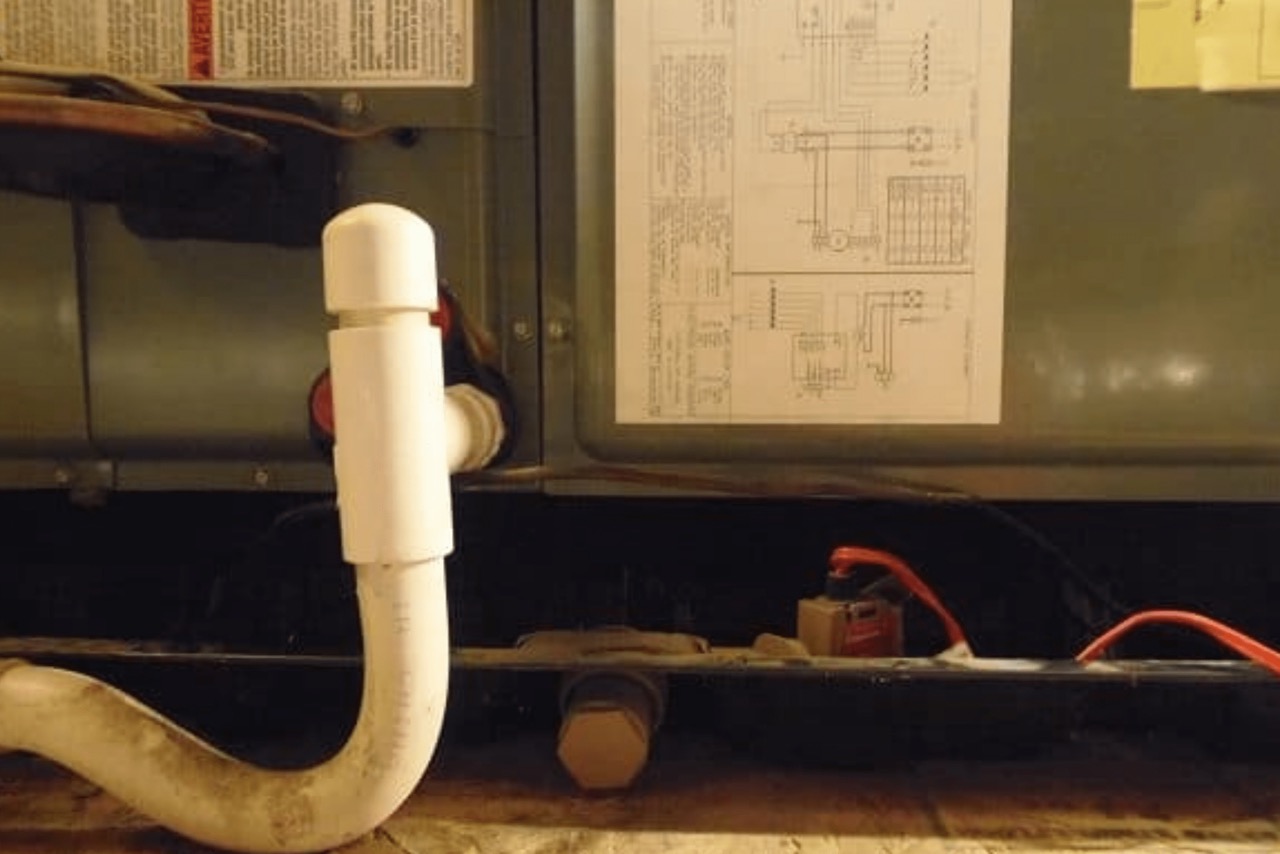
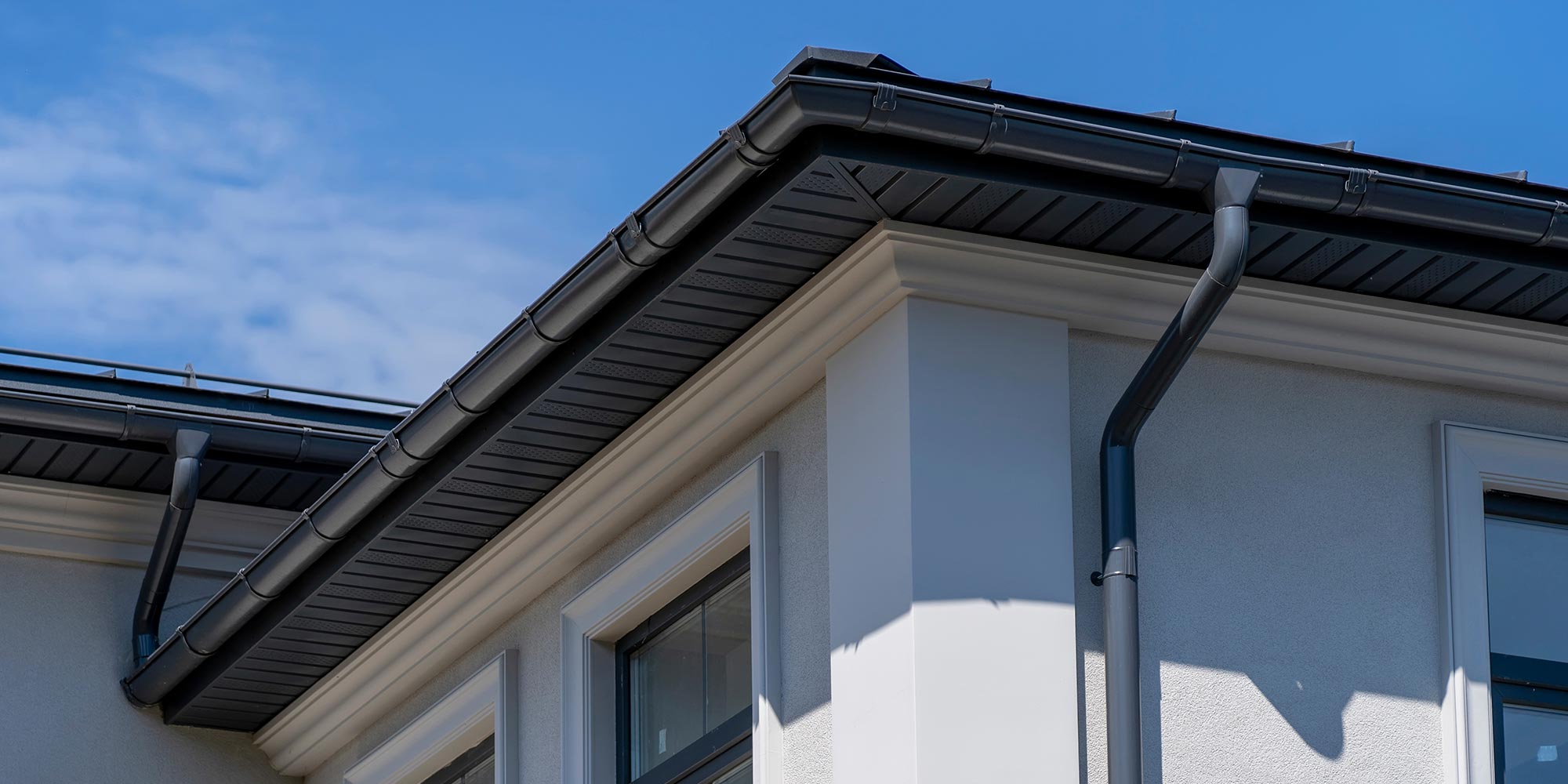
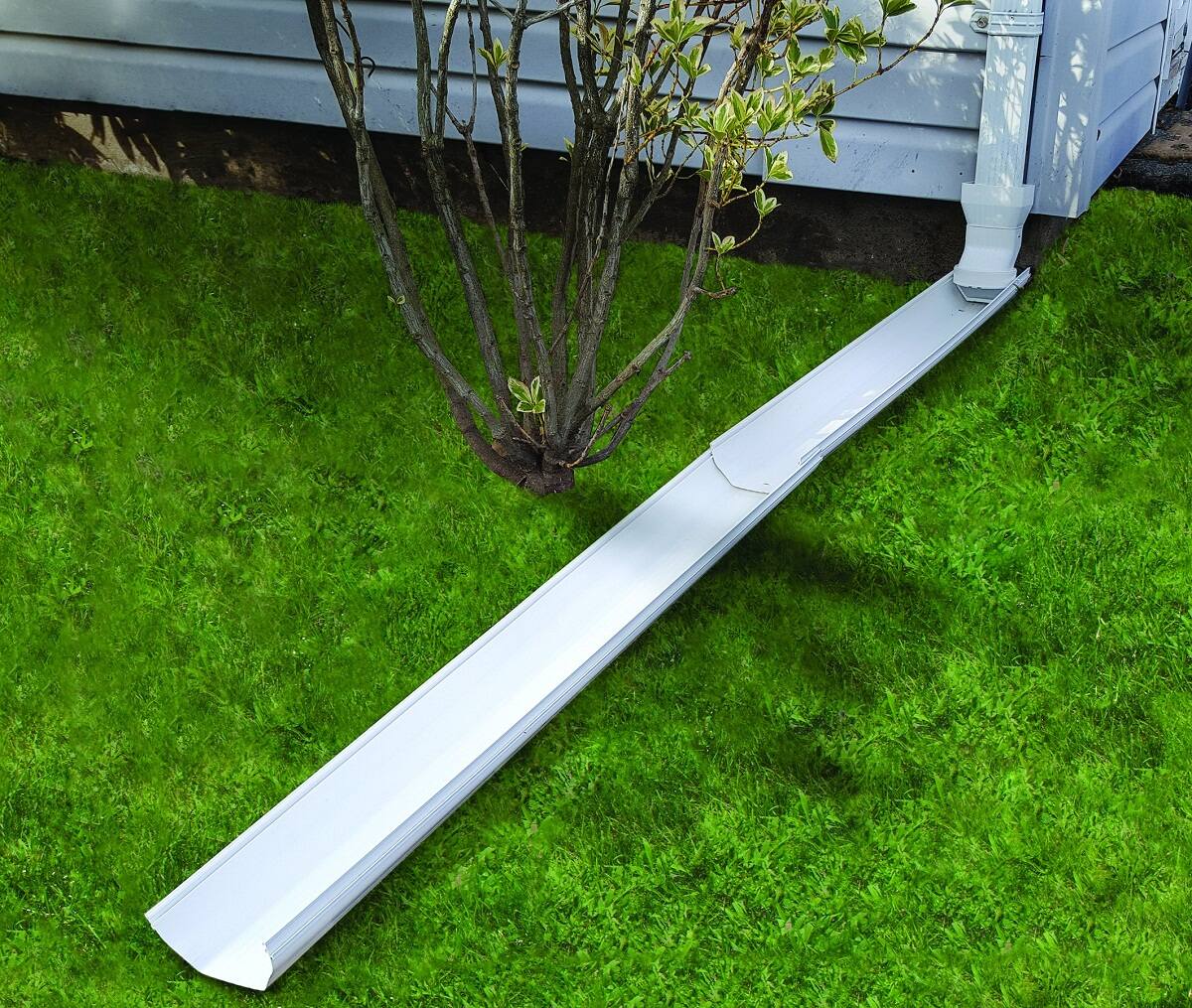
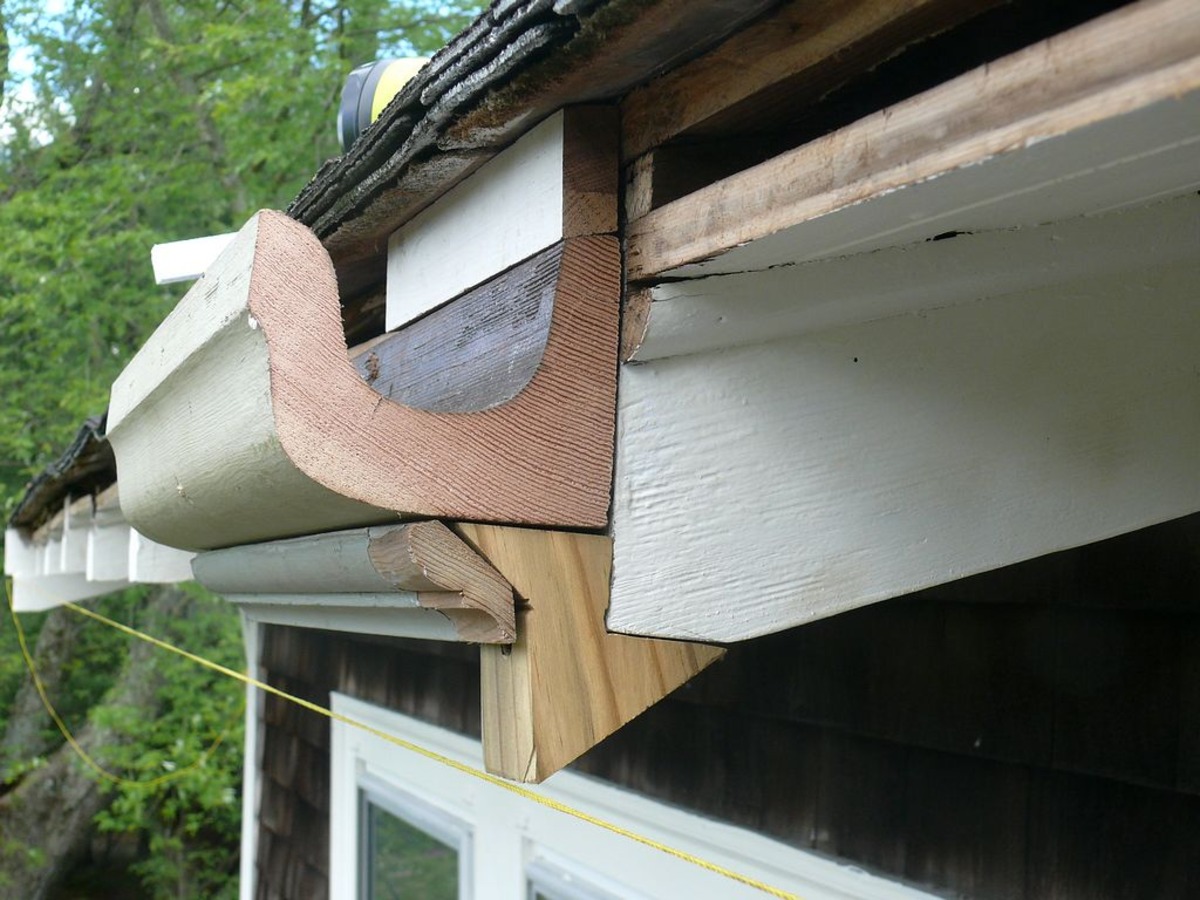
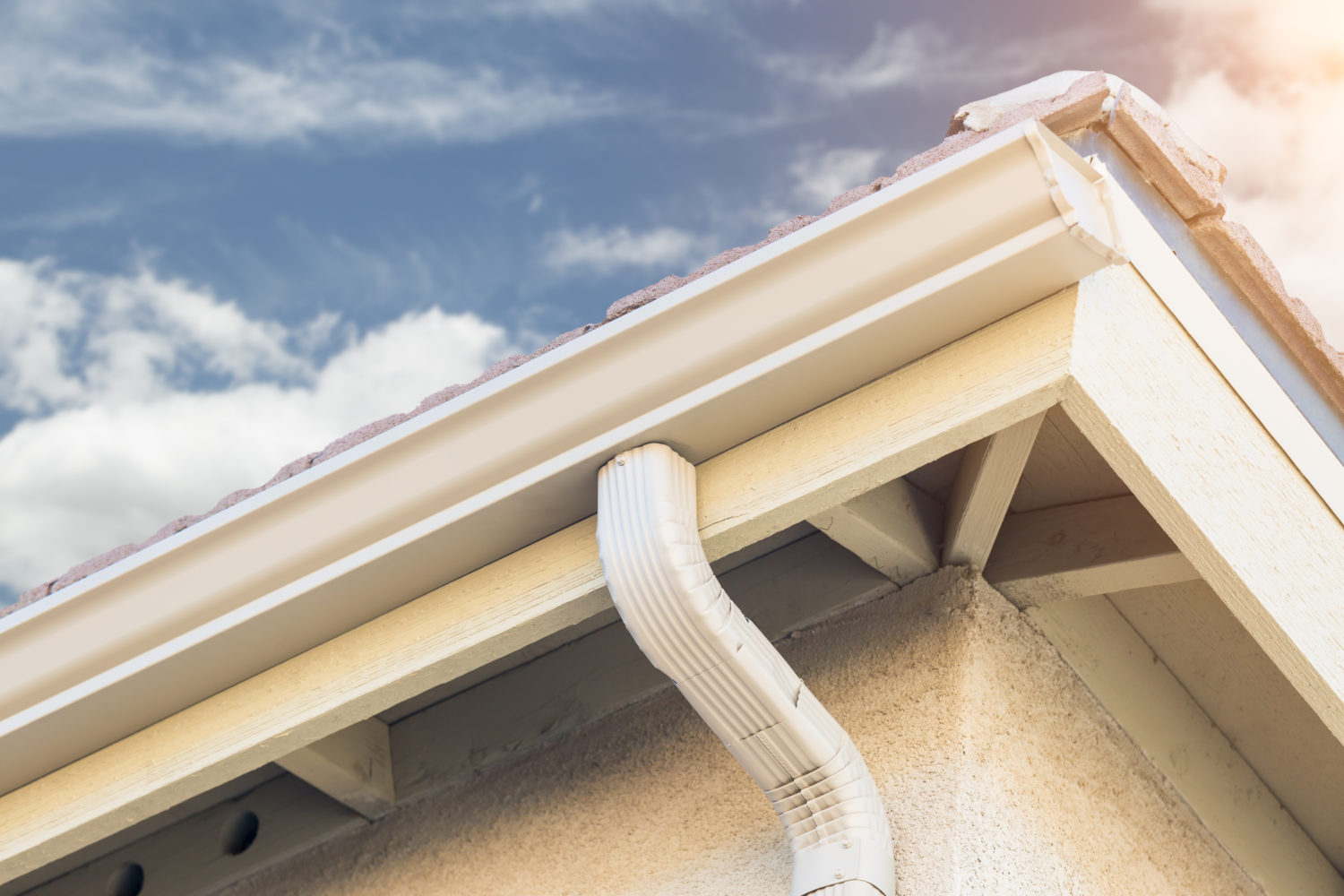
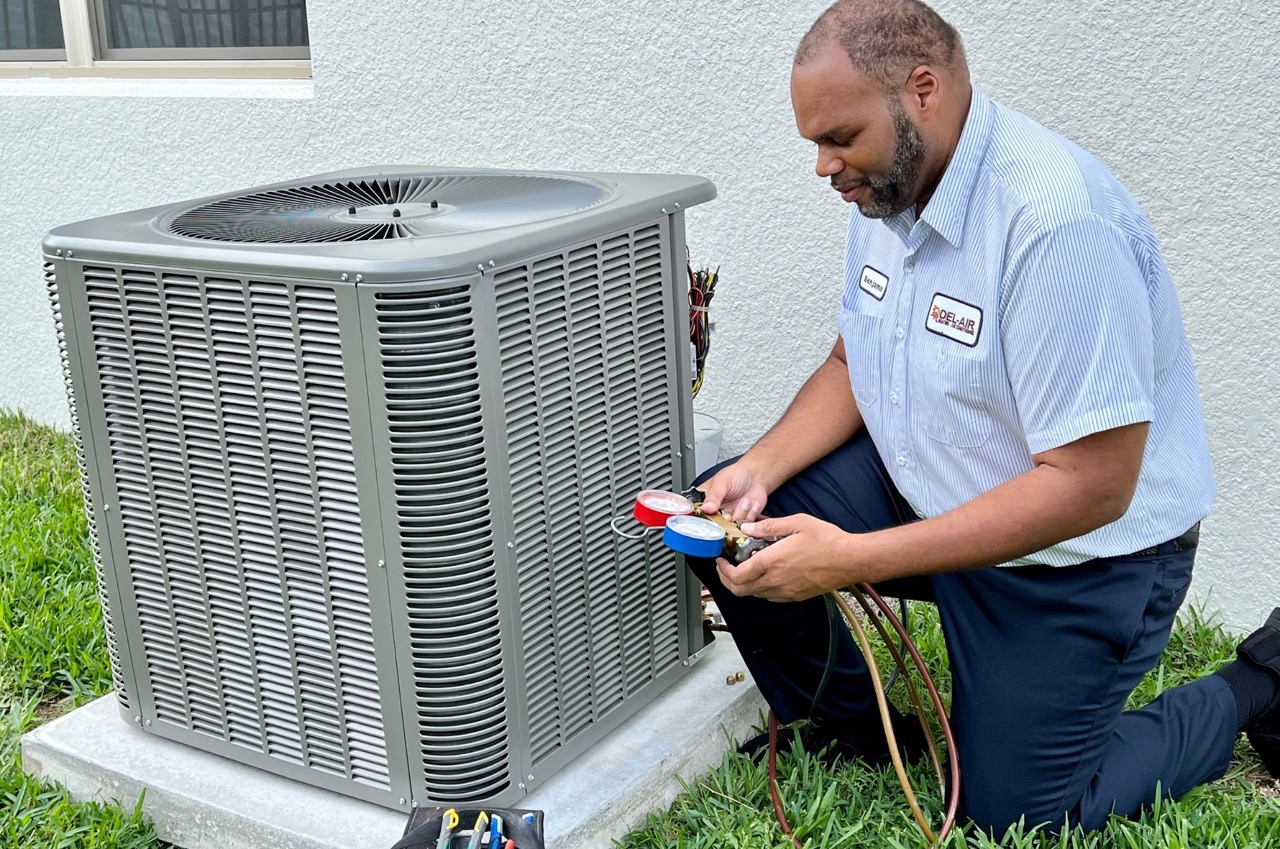
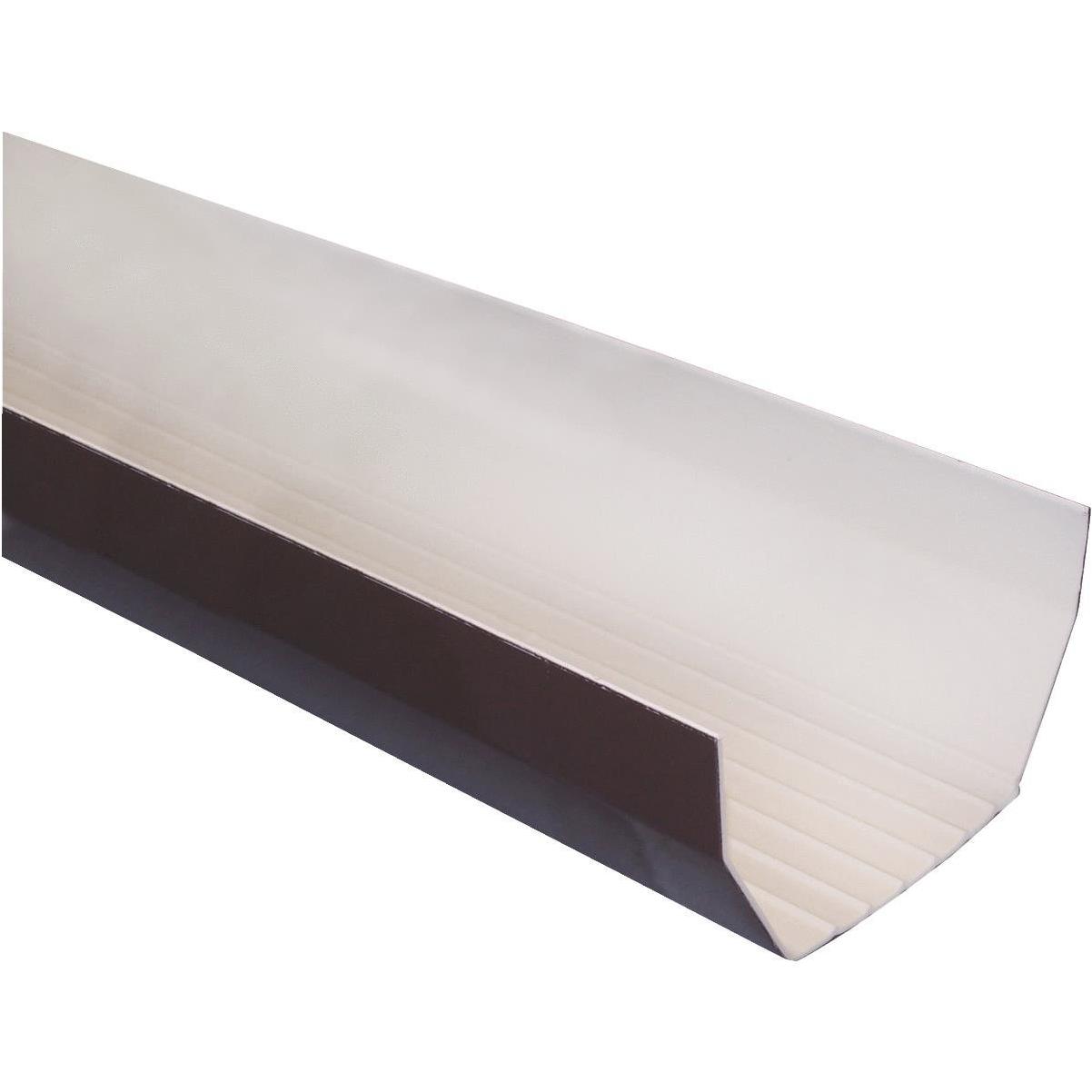
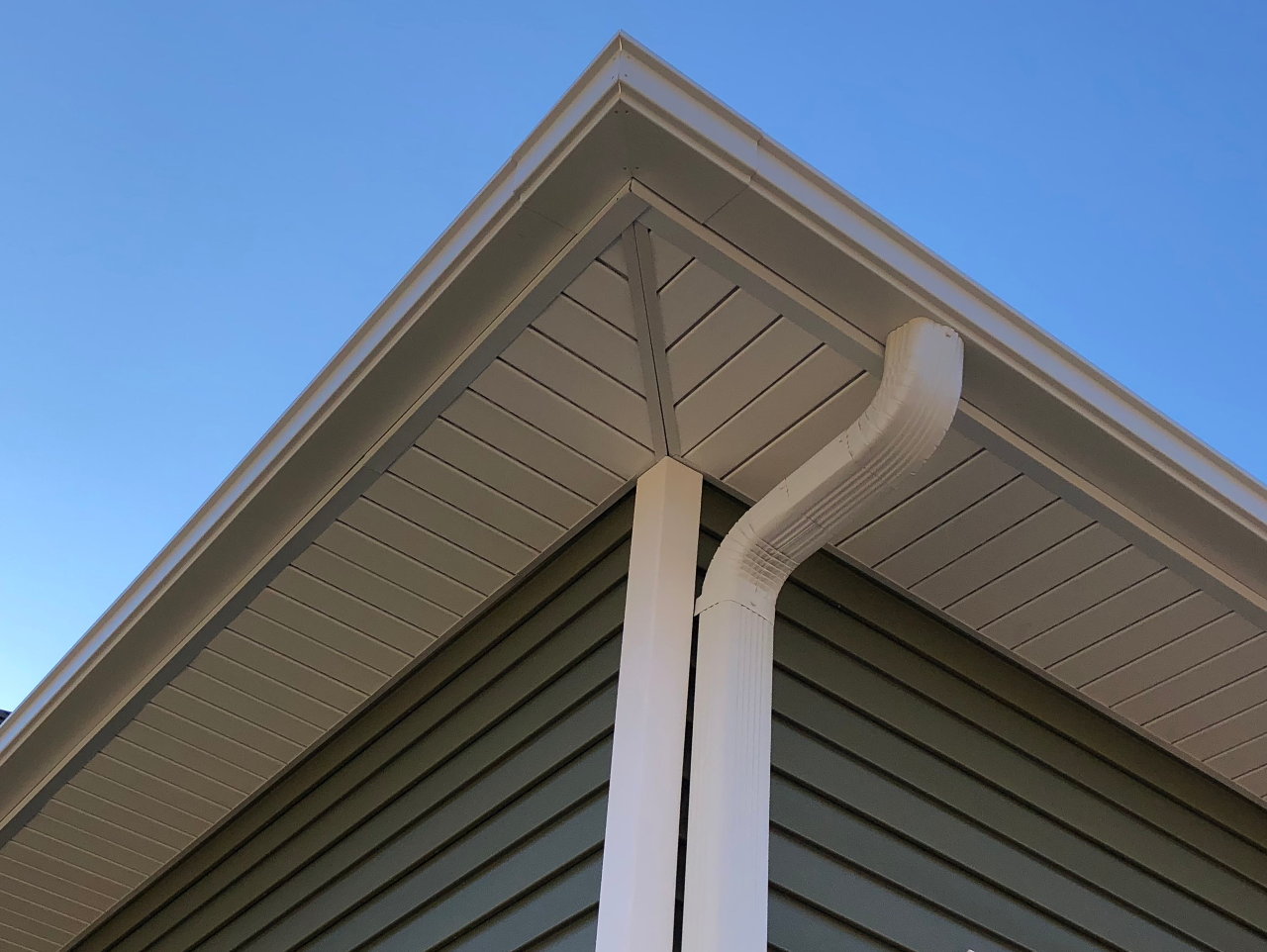
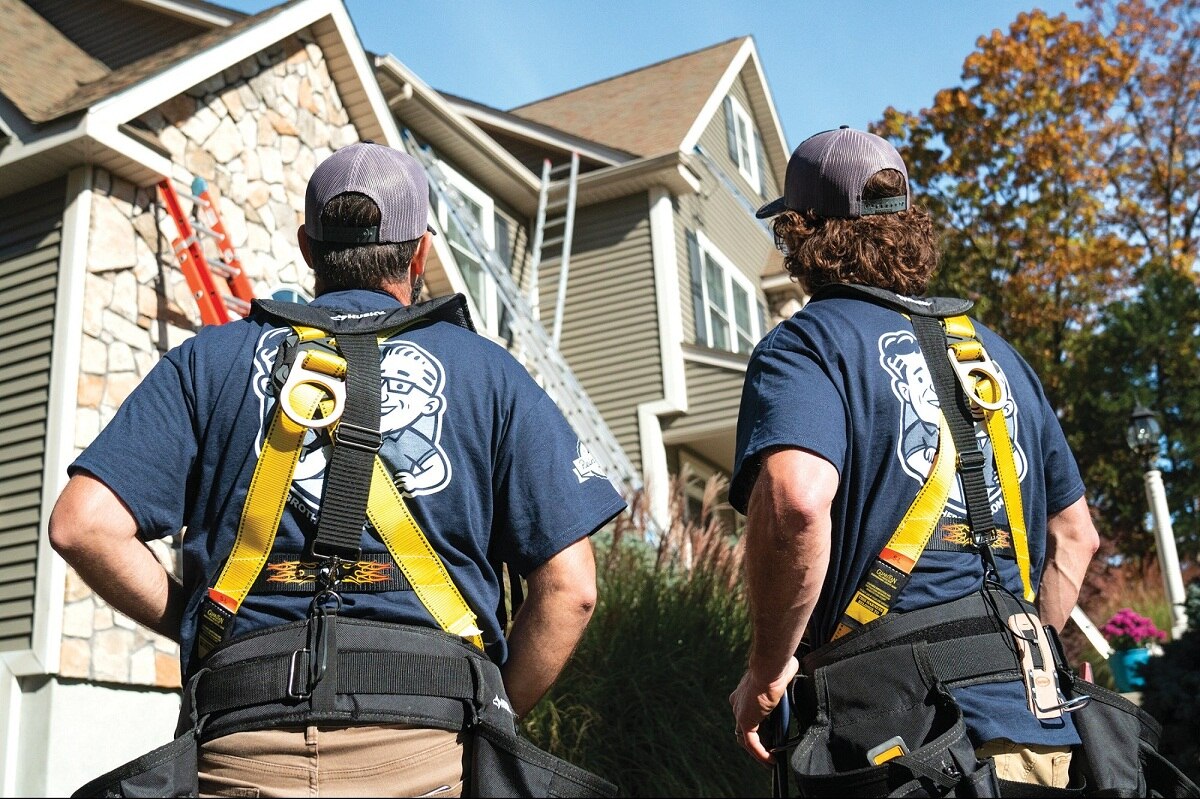
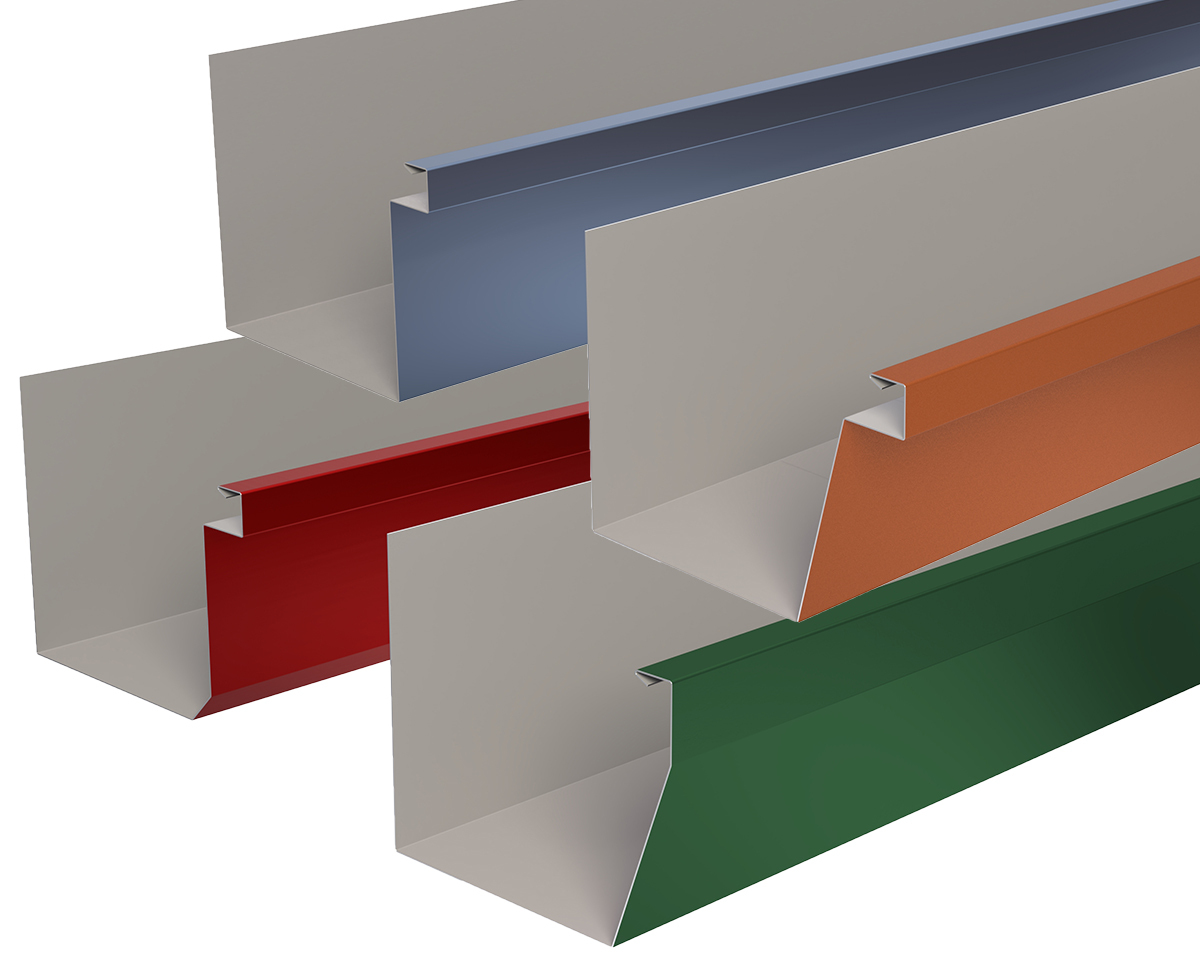
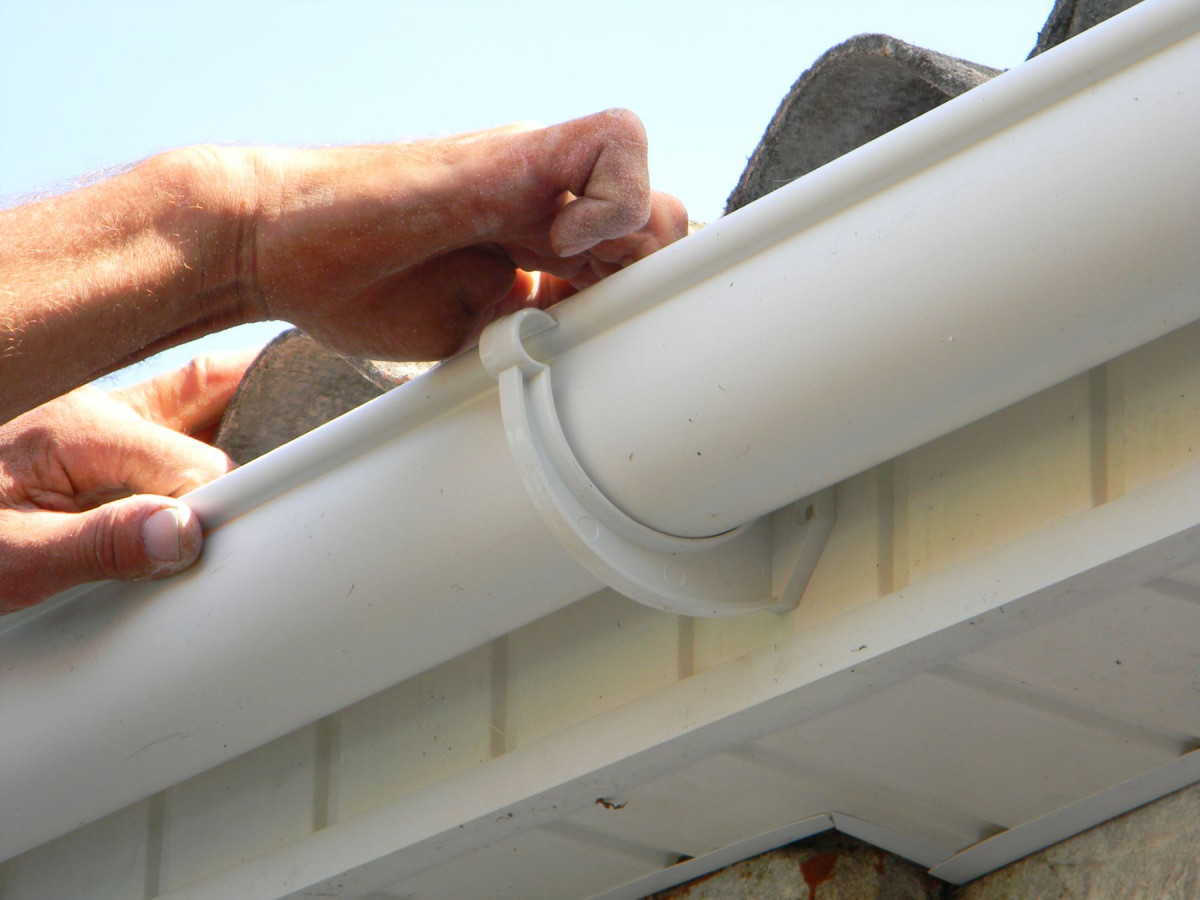
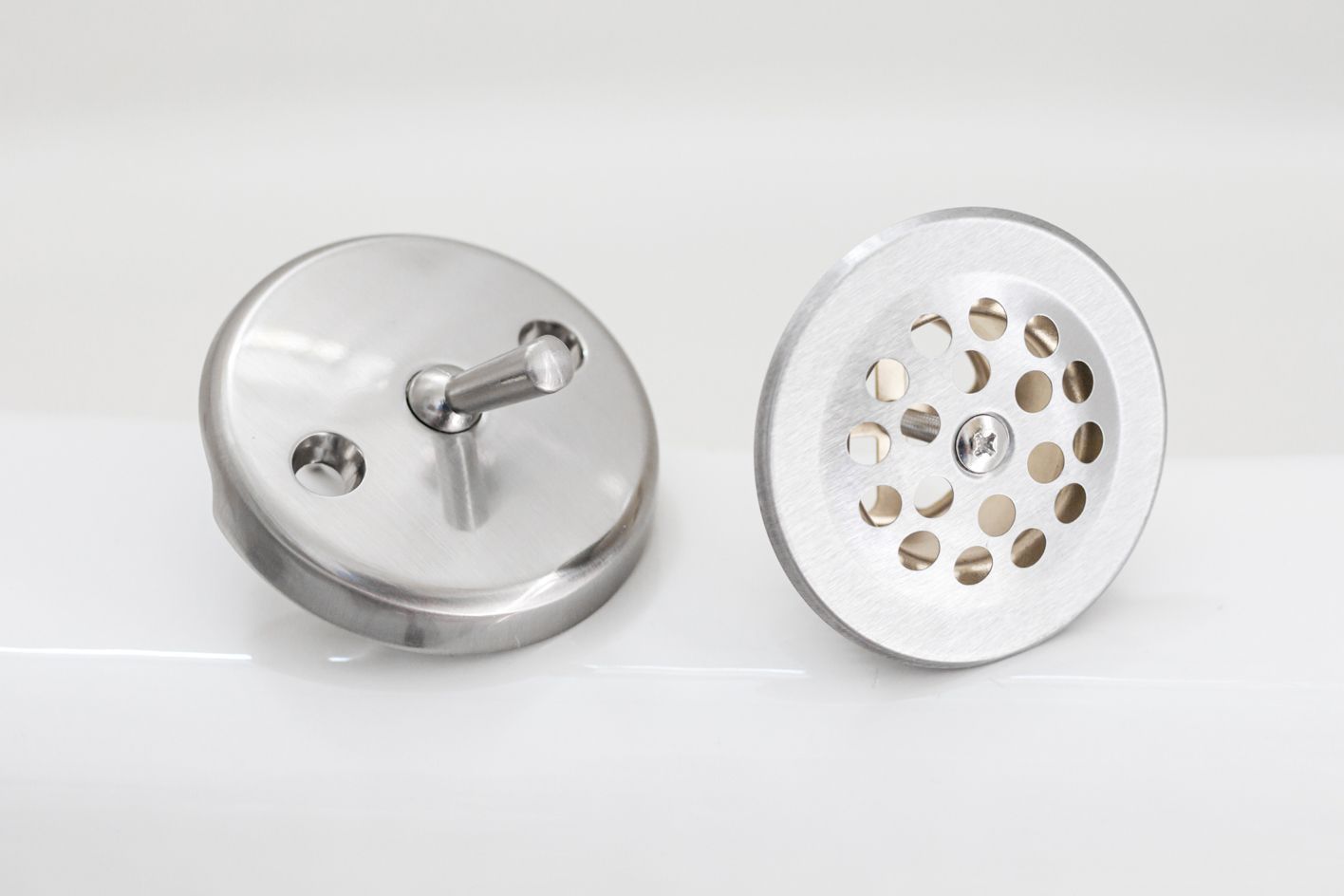


0 thoughts on “Where Do Gutters Drain To”